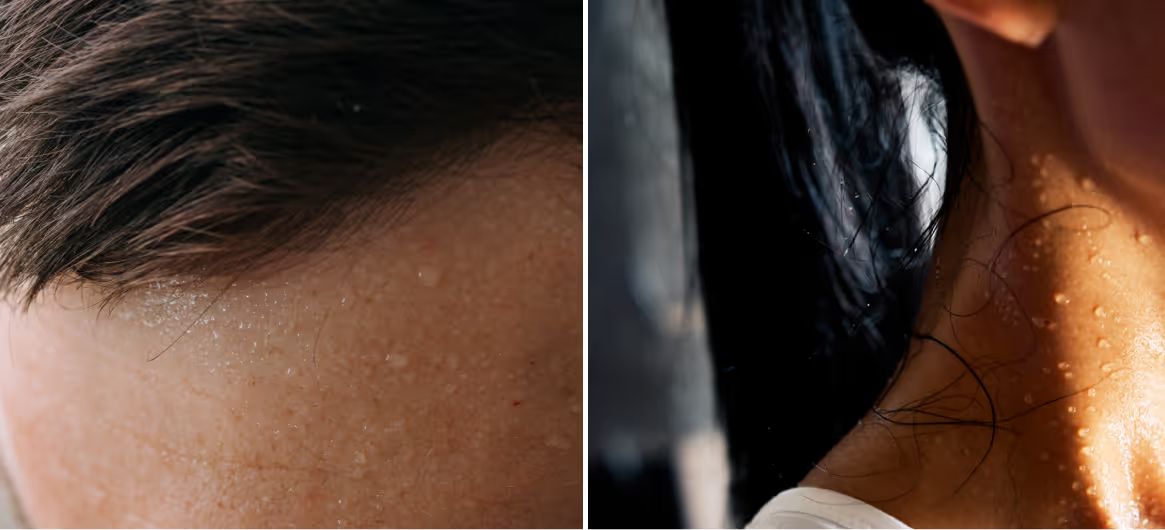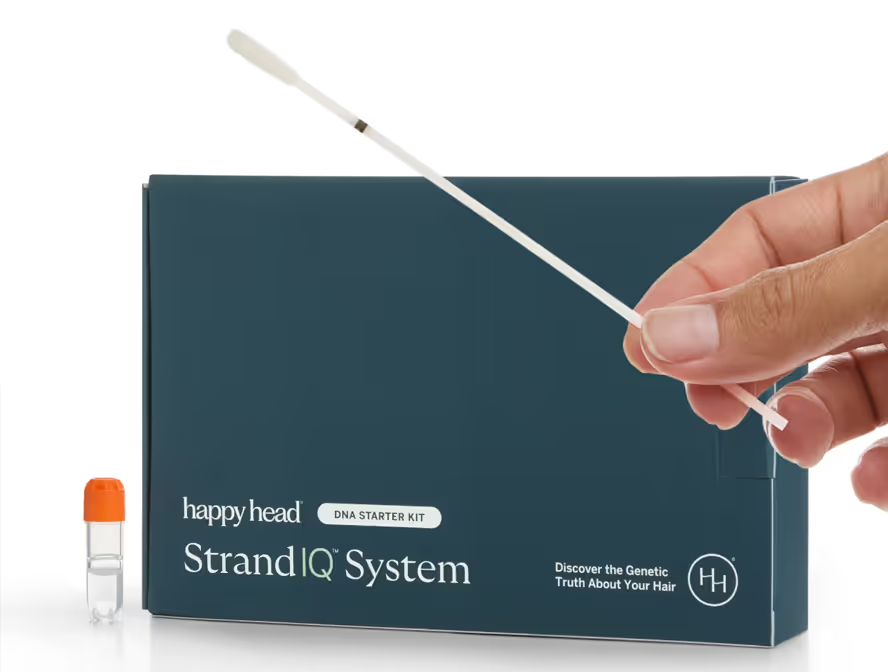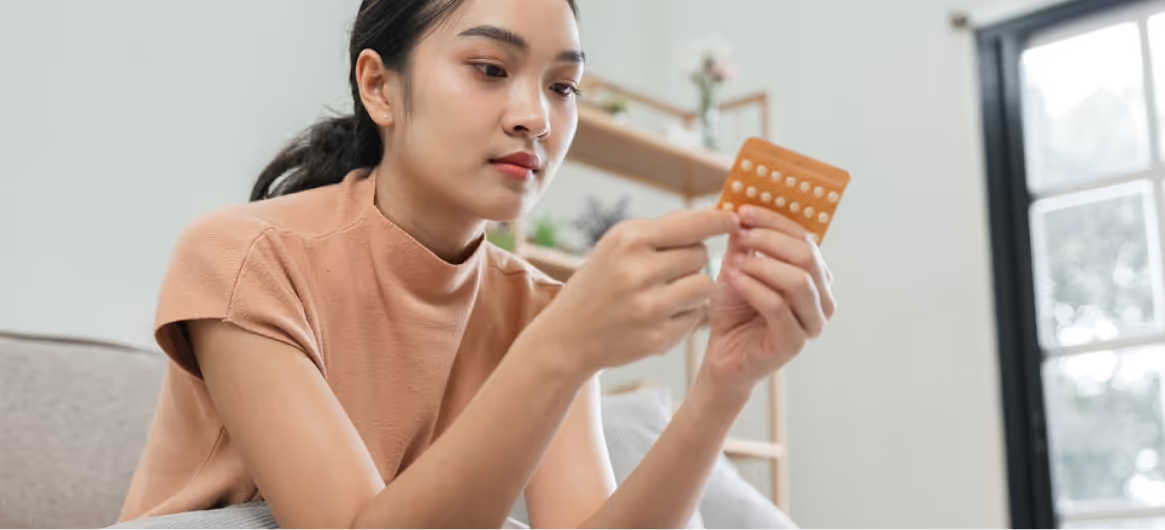Is sweat good for your hair? This is a common question, especially for those who lead active lifestyles or sweat frequently due to exercise, heat, or stress.
While sweat helps regulate body temperature and flushes out toxins, its impact on scalp and hair health isn’t always straightforward. Sweating results in increased blood flow to the scalp, which is beneficial, but buildup, dryness, and irritation can be concerning issues.
We’ll discuss what exactly happens when you sweat, how it affects your scalp and strands, and whether it helps or harms hair over time.
With dermatologist-approved recommendations, insights, and guidance, you’ll learn how to care for your hair after sweating and what to do if you’re concerned about hair loss or scalp issues.
What Happens When You Sweat
Sweating is a natural thermoregulation process controlled by the autonomic nervous system. When your body temperature rises due to heat, exercise, or stress, the eccrine sweat glands become activated.
These glands are found all over the body, including the scalp, and release fluid composed of about 99% water and 1% solutes.
What’s in Sweat?
Sweat contains sodium, potassium, calcium, magnesium, urea, lactate, and trace amounts of ammonia. These components help cool the body as moisture evaporates from the skin.
Apocrine glands, found mainly in the underarms and groin, produce a thicker sweat that contains proteins and lipids, but the scalp is mostly served by eccrine glands.
Why Do We Sweat?
Sweating helps regulate core body temperature and remove minor waste products through the skin. It’s a healthy and necessary response that also indirectly affects the scalp and hair through moisture, salt, and pH changes.
How Sweat Affects the Scalp and Hair Strands
Sweat can alter both the scalp environment and the condition of your hair strands. On the scalp, the salt and minerals in sweat can mix with sebum, potentially clogging pores or irritating hair follicles if not rinsed away. Over time, this may contribute to dandruff or scalp inflammation.
On the strands, sweat can weaken the cuticle layer, leaving hair dry, frizzy, or brittle, especially in textured or chemically treated hair. However, in moderation, sweat can also help flush out toxins and support a balanced scalp microbiome.
Can Sweat Help Hair Grow?
Sweat may offer indirect benefits for hair growth by boosting scalp circulation and helping flush out impurities. It also supports a balanced scalp environment, which is important for healthy follicles.
However, sweat alone doesn’t trigger hair growth. Without proper cleansing, buildup can clog pores and hinder follicle function, potentially doing more harm than good over time.
Is Sweat Good for Your Hair?
Sweat has a complex relationship with hair health—it can be both beneficial and problematic depending on how often you sweat, your hygiene routine, and your individual scalp condition.
While moderate sweating can help maintain a healthy scalp environment, excess sweat—especially when left unwashed—can disrupt the delicate balance of the scalp microbiome and contribute to irritation or buildup.
Understanding the pros and cons of sweat is key to protecting your hair while living an active lifestyle.
The Benefits of Sweat for Hair
Sweat can support scalp health in several ways. It increases blood circulation to the skin, which enhances oxygen and nutrient delivery to the hair follicles—factors that are essential for healthy growth cycles.
Sweating also plays a role in detoxification; as you perspire, trace elements such as urea and lactic acid help flush out waste products through the skin. These components can mildly exfoliate the scalp, clearing away dead skin cells and debris that may otherwise block follicles.
Additionally, sweating maintains moisture balance and pH regulation, both of which are important for preserving scalp barrier function. When combined with a good cleansing routine, these effects may contribute to a healthier environment that supports strong, resilient hair.
The Downsides of Sweat for Hair
While sweat has some benefits, too much of it—especially when not washed off—can harm the scalp and hair. Sweat contains salt, which can dry out both the scalp and the hair shaft, leading to frizz, brittleness, or breakage.
On the scalp, the combination of sweat, sebum, and environmental pollutants can clog hair follicles and increase the risk of dandruff, itching, or folliculitis (inflammation of the follicles).
This is especially problematic for people who wear tight hairstyles or helmets, as these can trap sweat and create a warm, moist environment ideal for bacteria or fungal overgrowth.
If left unmanaged, chronic sweat buildup can contribute to scalp irritation and inflammation and may even accelerate hair shedding in sensitive individuals.
How To Take Care of Hair After Sweating
Proper post-sweat hair care is essential to maintaining scalp health and preventing buildup. Start by gently blotting excess moisture from the scalp and hair using a clean towel.
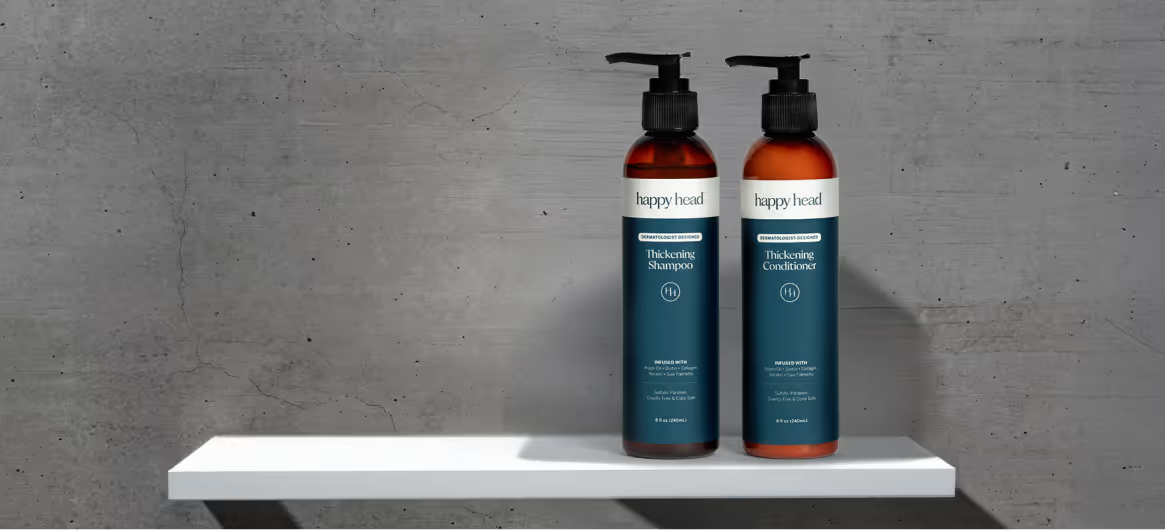
If you sweat heavily, especially after exercise, rinse your scalp with lukewarm water to remove salt, oil, and toxins—even if you don’t shampoo daily. Use a mild, sulfate-free shampoo as needed to avoid stripping natural oils.
For textured, curly, or dry hair types, consider co-washing (using conditioner only) to maintain moisture while cleansing the scalp. Avoid tight hairstyles immediately after sweating, as damp follicles are more vulnerable to traction and breakage.
Let hair air dry when possible to reduce heat exposure. If you sweat frequently, incorporate a scalp exfoliant once or twice a week to prevent pore congestion and support follicle function.
Should You Wash Your Hair After Sweating?
Whether you should wash your hair after sweating depends on how much you sweat and your hair type. If you sweat heavily or notice scalp irritation, washing is recommended to remove salt and bacteria.
However, daily shampooing isn’t necessary for everyone. Rinsing with water or co-washing with a moisturizing conditioner designed to support growth can be sufficient between full washes, especially for drier hair types.
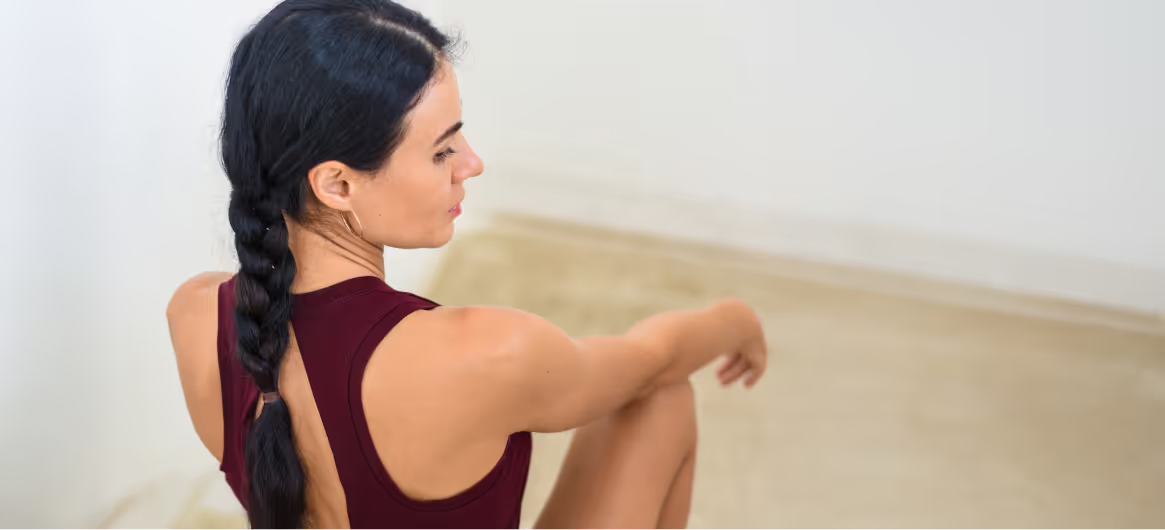
Hair Care Tips for Active Lifestyles
Leading an active lifestyle is great for your overall health, but it can take a toll on your hair if you’re not careful. Frequent sweating, sun exposure, and tight hairstyles can all contribute to scalp stress and weakened strands.
Fortunately, a few smart habits can help keep your hair healthy and strong, even with a demanding fitness routine.
- Rinse or cleanse after workouts to remove sweat, oil, and debris that can clog follicles.
- Use a lightweight leave-in conditioner or protective hair serum to reduce friction from helmets or hair ties.
- Opt for loose, breathable hairstyles such as braids or buns that don’t pull on the scalp.
- Eat a nutrient-rich diet with adequate protein, iron, omega-3s, and biotin to support hair structure and growth.
- Stay hydrated to maintain scalp elasticity and reduce dryness.
- Manage stress levels through regular relaxation, as chronic stress can disrupt the hair growth cycle.
Concerned About Your Hair? Effective Treatments
If you’ve noticed thinning, excessive shedding, or changes in your hair’s texture, you’re not alone—and you’re not without options. Hair loss can result from many factors, including hormones, genetics, stress, or inflammation.
Fortunately, dermatologists offer a range of scientifically backed treatments that can slow hair loss, promote regrowth, and improve scalp health.
- Minoxidil (topical or oral): This FDA-approved treatment boosts blood flow to hair follicles and extends the growth phase. Prescription-strength minoxidil is available for enhanced results.
- Finasteride and Dutasteride (oral or topical): Prescription finasteride and prescription dutasteride block DHT, a hormone linked to pattern hair loss. Dutasteride is often used off-label but is considered to be more potent.
- Spironolactone (oral or topical): Commonly used for women with hormonally driven hair loss, spironolactone prescription products reduce androgen activity.
- Platelet-Rich Plasma (PRP) Therapy: Injections of your own growth factor-rich plasma can stimulate dormant follicles and improve density.
- Low-Level Laser Therapy (LLLT): FDA-cleared devices use red light to enhance follicular activity and increase hair thickness over time.
- Rosemary Oil: A natural option that may support circulation and reduce inflammation. Early studies suggest it could be as effective as 2% minoxidil in some cases.
- Nutritional support: Supplements containing biotin, zinc, vitamin D, or marine proteins may help if deficiencies are contributing to hair loss.
Always consult with a board-certified dermatologist to identify the right approach for your needs.
Is Sweat Good for Hair? The Final Verdict
So, is sweat good for your hair? The answer isn’t a simple yes or no. While moderate sweating may support scalp circulation and help flush away impurities, excess sweat that’s not properly managed can lead to buildup, irritation, and even increased shedding.
The key is balance—understanding how sweat affects your unique scalp and adopting a consistent care routine that includes proper cleansing, hydration, and protection.
Whether you lead an active lifestyle or are simply concerned about scalp health, paying attention to how sweat interacts with your hair is essential.
If you’re experiencing persistent hair concerns, a dermatologist can help you explore effective, proven treatment options that fit your needs.
Talk to a board-certified dermatologist to discuss your goals and find the solution that is best for you.
Frequently Asked Questions
Is sweat good for your hair growth?
Sweat contains nutrients such as urea and lactic acid that may support scalp health in small amounts. However, there’s no strong evidence that sweat directly stimulates hair growth. Too much buildup without cleansing can clog follicles and lead to irritation or shedding.
Is it okay to leave sweat in hair?
Occasionally, leaving sweat in your hair isn’t harmful, but regular buildup can disrupt scalp pH, attract dirt, and increase the risk of dandruff or folliculitis. If you exercise often, it’s best to rinse or wash your hair regularly to maintain scalp and hair health.
How does sweat affect hair health?
Sweat can be both helpful and harmful. It may help flush out toxins and promote a healthy scalp environment when managed properly. However, excessive sweat without cleansing can trap bacteria, clog pores, and weaken the hair shaft over time, particularly in those with fine or thinning hair.
Does sweat make your hair grow faster?
No, sweat doesn’t directly cause hair to grow faster. While it may help keep the scalp environment healthy in moderation, hair growth is primarily influenced by genetics, hormones, and nutrition. Over-sweating without proper hygiene can actually hinder growth by irritating the scalp.



